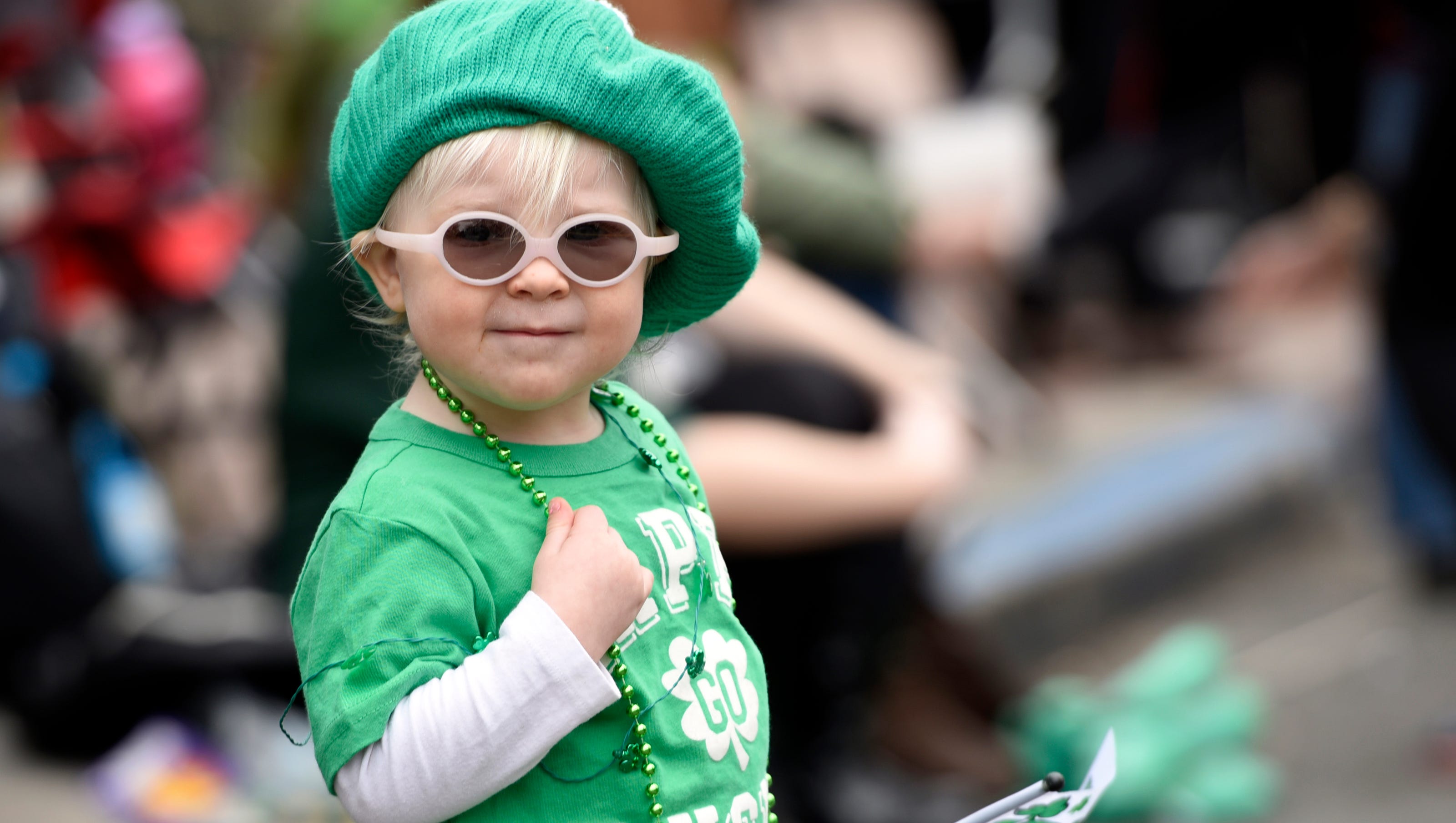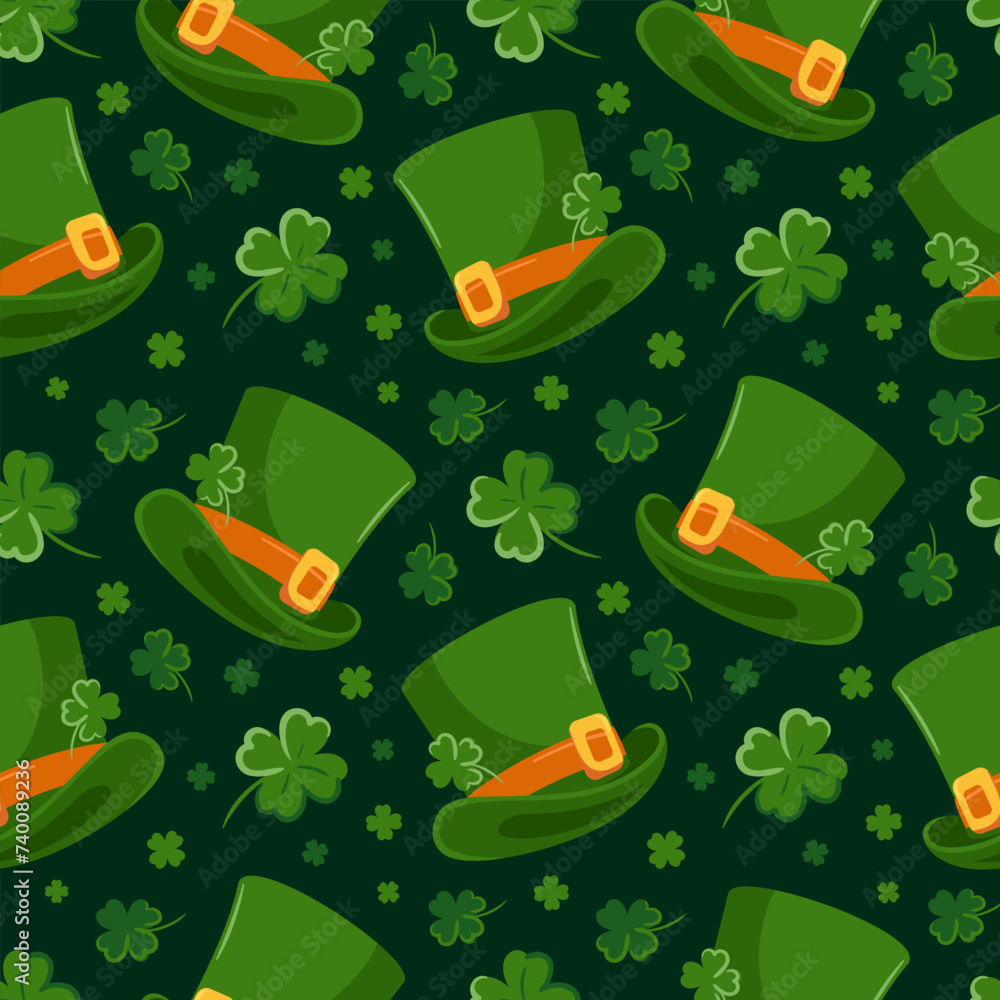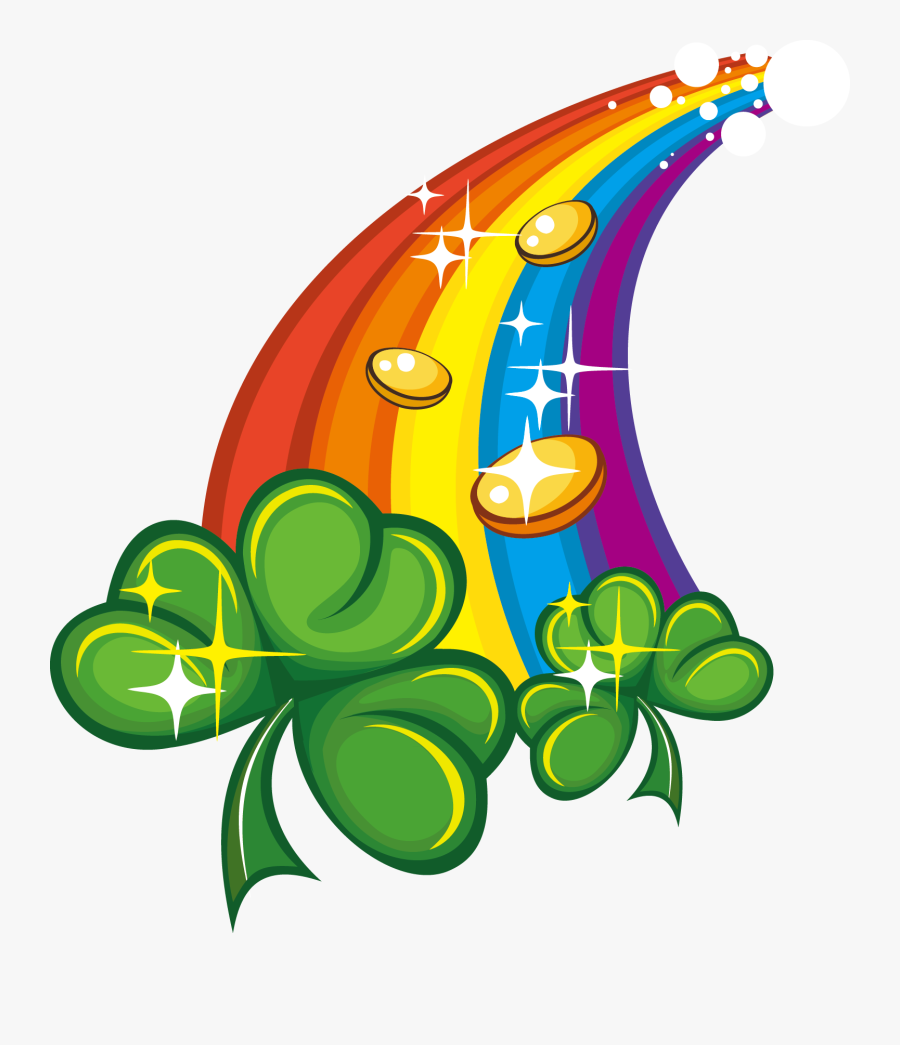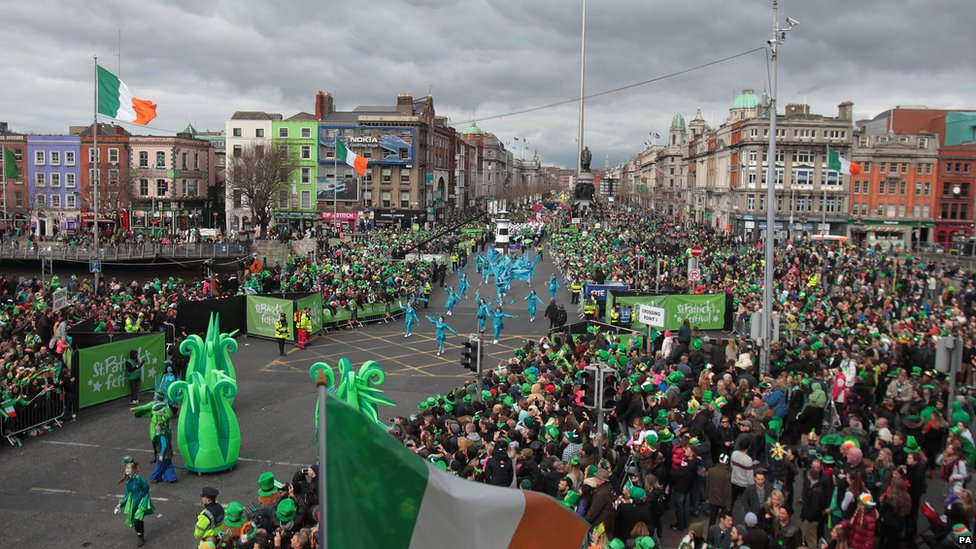Gallery
Photos from events, contest for the best costume, videos from master classes.
 | |
 |  |
 |  |
 |  |
 |  |
 |  |
The Shamrock and St. Patrick’s Day Traditions. On St. Patrick’s Day, people worldwide wear shamrocks, decorate with the green clover, and partake in Irish celebrations. The shamrock is worn on lapels, embroidered onto clothing, and even painted on faces as a tribute to Ireland’s patron saint. Have you ever wondered why we wear green, eat yummy food, and celebrate St. Patrick’s Day every March 17? This day is so much more than just shamrocks and leprechauns—it’s a special story about a real person, some cool history, and tons of fun traditions! St. Patrick’s Day is celebrated on March 17th each year. Is St. Patrick’s Day always on March 17th? Yes, St. Patrick’s Day is always March 17th. What is the meaning behind St. Patrick’s Day? St. Patrick’s Day celebrates the life and legacy of St. Patrick, the patron saint of Ireland, who played a critical role in spreading When did people start celebrating St. Patrick's Day? People in Ireland have been celebrating St. Patrick with special churches services and feasts since around the ninth or 10th century . There are seven symbols that hold special meaning on this day. The St. Patrick’s Day symbols are shamrocks, the color green, leprechauns, parades, corned beef and cabbage, and green beer and the harp. While some of these symbols tie to St. Patrick directly, most correlate more with celebrating Irish culture and showing Irish pride in general. ~ With Saint Patrick’s Day fast approaching, we take a look at the History & Traditions of St. Patrick’s Day ~ St. Patrick’s Day, celebrated annually on March 17th, honors St. Patrick, the patron saint of Ireland. Today it is often associated with parades, wearing green, and festive gatherings. St. Patrick's Day's spiritual meaning is rooted in Christianity. At its core, St. Patrick's Day is a religious holiday celebrated by Catholic, Lutheran, Anglican, and Eastern Orthodox Christians.. The man who inspired the holiday, Saint Patrick, is best known for bringing Christianity to Ireland in the 5th century. Lisa gives you all the practical info to celebrate St Patrick’s Day, on March 17th, in Ireland and major cities around the world, including parades, symbols, community engagement, useful Irish phrases, as well as traditional food and drink. At St. Patrick’s Guild, we are honored to support you on this journey. For over 70 years, we have provided ashes, devotional books, and church supplies to devout Catholics, families preparing for sacraments, and church leaders. Our mission is to help make Lent more than a tradition by offering resources that inspire meaningful growth. Dennis O'Mally, the self-proclaimed "King of the Leprechaun," cheers on marchers as they make their way up 5th Avenue during the 251st annual St. Patrick's Day Parade, Saturday, March 17, 2012, in Monday, March 17 is St. Patrick's Day, celebrating all things Irish in the U.S. and around the world. Cities celebrate with parades, bar crawls and more. St. Patrick’s Day is a time to practice kindness and forgiveness. These values are central to its spiritual meaning. The holiday also encourages us to find hope and courage in tough times. Faith and belief play a big role in the traditions of St. Patrick’s Day. Community and unity are celebrated during this holiday. It brings people Saint Patrick's Day: History, Traditions, and Culture Every year on 17 March, people around the world come together to celebrate Saint Patrick's Day. This beloved holiday, honoring the patron saint of Ireland, has grown into a grand cultural event filled with vibrant Saint Patrick's Day festive parades, traditional music, dancing, and an abundance of green. St. Patrick’s Day: History, Traditions & Fun Facts St. Patrick’s Day is one of the most widely celebrated cultural and religious holidays around the world. What started as a solemn feast day in honor of Ireland’s patron saint has transformed into a global festival filled with parades, music, dancing, and a whole lot of green. One of the more common St. Patrick’s Day traditions in Ireland and elsewhere is the wearing of green. Now, wearing green on St. Patrick’s Day doesn’t have to mean lashing on face paint and dyeing your hair green – a green tie or a green pair of socks will do the job just fine! Celebrated annually on March 17, St. Patrick’s Day is a holiday known for parades, shamrocks and all things Irish. From leprechauns to the color green, find out how symbols we now associate Over time, the holiday evolved into a massive cultural celebration, spreading across the U.S. and beyond. Today, cities like Chicago, Boston, and Dublin host some of the world’s largest St. Patrick’s Day parades. Traditions and Symbols. St. Patrick’s Day is marked by a variety of customs, including: Wearing Green: Green represents Ireland Discover the history and meaning behind St Patrick’s Day symbols, from shamrocks to Celtic crosses. Explore Irish traditions and iconic symbols of March 17th! St. Patrick’s Day traditions: Knowledge of St. Patrick Section 2: Iconic Symbols and Colors. No St. Patrick’s Day celebration is complete without the iconic symbols that grace the festivities. The shamrock, a symbol of luck, has deep cultural roots, with St. Patrick reputedly using it to explain the Holy Trinity. St. Patrick’s Day is celebrated with various traditions that highlight Irish culture and heritage. These customs include lively parades, the famous wearing of green, the use of clovers and shamrocks, and enchanting stories about leprechauns.
Articles and news, personal stories, interviews with experts.
Photos from events, contest for the best costume, videos from master classes.
 | |
 |  |
 |  |
 |  |
 |  |
 |  |